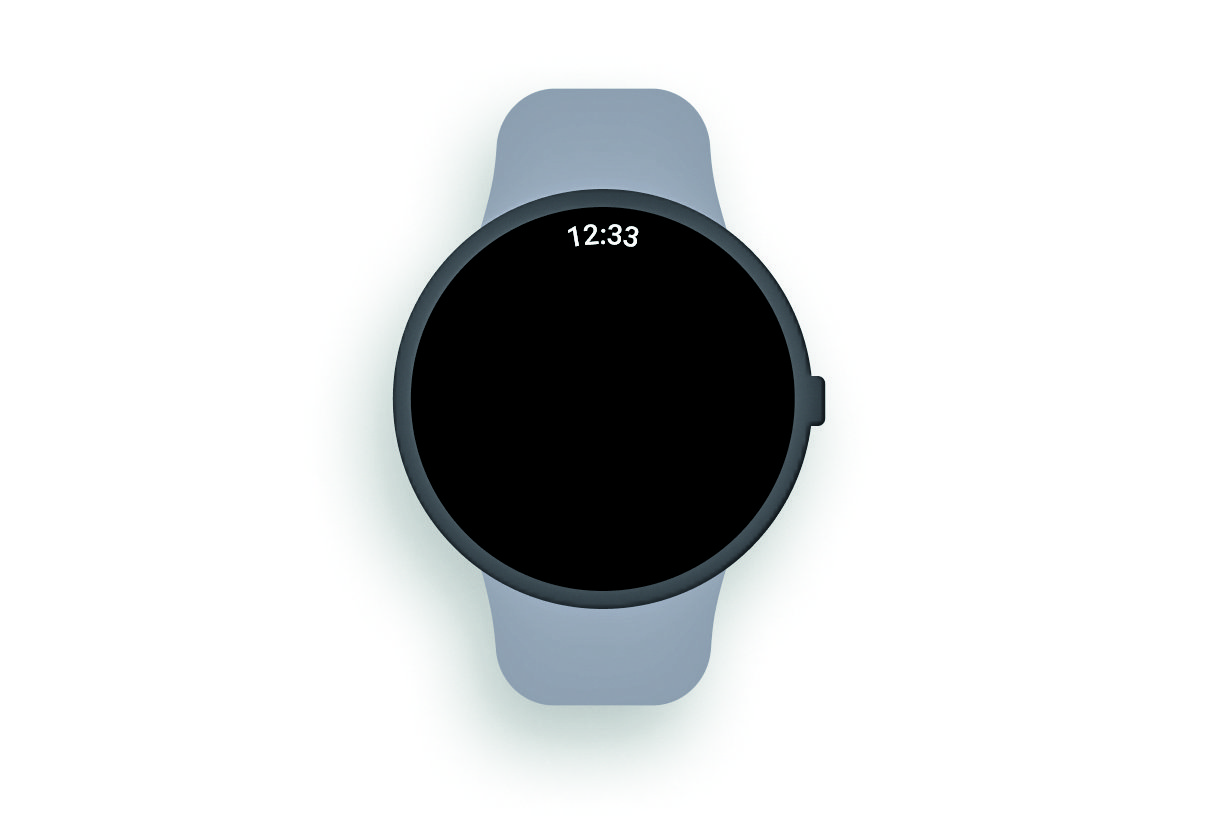Wearable fitness devices are getting popular in India. You can find smartwatches, fitness bands, smart clothing, VR sets and many more. There are also cool gadgets like ring-based fitness trackers and clip-on pedometers that people are starting to use more. As India’s fitness scene grows, we will see more features like blood oxygen monitoring and stress tracking becoming common. Plus, local brands are making affordable options that suit Indian tastes.
Ravi Agarwal, MD and Founder of Cellecor Gadgets Limited, says, “other types of wearable devices include smart clothing, which integrates biometric sensors into fabric to provide detailed health data during physical activities. Additionally, there are fitness-focused earbuds that monitor heart rate and other health metrics while providing music playback to enhance workouts. These devices cater to a wide audience, from casual users seeking to keep track of their daily activities to athletes looking for detailed performance data to optimise their training regimes.”
Keep in Check
Keep in Check
These devices monitor health metrics such as steps taken, calories burned, heart rate, and sleep patterns. Additionally, there are innovative devices which go beyond tracking to provide therapeutic benefits, aiding in fitness improvement and recovery. Dhawal Jain, Co-Founder, Mave Health, says, “wearable fitness devices use sensors to monitor physical activities and physiological parameters. They often utilise accelerometers, gyroscopes, and optical sensors to collect data, which is then processed using algorithms to provide insights on fitness and health. Users can set fitness goals, track their progress, and receive real-time feedback on their activities. Wearables can also provide personalized workout plans, remind users to stay active, and monitor their sleep to ensure adequate rest and recovery. The accuracy of wearable devices varies depending on the brand and the type of sensor used. Generally, they provide a good estimate for most fitness activities. However, for precise medical or sports performance data, specialised equipment may be required.”
Tech Talk
Tech Talk
Wearable fitness devices utilise a suite of sensors and software to monitor and analyse user activity and health metrics. At their core, these devices employ accelerometers and gyroscopes to measure movement and orientation. This allows them to track steps, calculate distance travelled, and even recognize the type of activity being performed, such as walking, running, or cycling. “The accuracy of wearable devices can vary depending on what they are measuring and the quality of the device. Step counting and general activity tracking are usually quite accurate, though they can be influenced by how you walk or move your arms. Heart rate monitors work well during steady activities but may be less precise during intense or irregular exercises. GPS tracking is reliable for outdoor use but can struggle in areas with poor satellite reception, like dense forests or urban canyons. Sleep tracking provides useful information but may not always capture every detail of your sleep stages accurately,” says Dr. Ravi Kuppuraj, Chief Operating Officer and Business Head, Titan Smart Wearables division. Overall, while wearables give valuable insights into your health and fitness, they might not be as precise as specialized medical devices but keeps you aware and informed about your body.
"There are groundbreaking, non-intrusive, and non-invasive wearable devices available now that are designed to enhance your overall well-being. These devices integrate seamlessly into your daily routine, offering a holistic approach to health and mindfulness, including better sleep, stress-free days, and even using magnetic pulses to harmonise brain cycles for emotional regulation and focus. - ”P. V. Shyam Sundar, Founder Director, Evolv28.
Tips
l Wear the device consistently.
l Keep the device clean and charged.
l Regularly sync the device with its app for accurate data.
l Avoid using the device as the sole basis for medical decisions.
l Don’t wear the device too tight or too loose.
l Avoid exposing the device to extreme conditions unless specified.
l Don’t worry if your heart rate spikes at times or if your sleep data seems off. Check with a consultant if there are other symptoms as well.
l Wear the device consistently.
l Keep the device clean and charged.
l Regularly sync the device with its app for accurate data.
l Avoid using the device as the sole basis for medical decisions.
l Don’t wear the device too tight or too loose.
l Avoid exposing the device to extreme conditions unless specified.
l Don’t worry if your heart rate spikes at times or if your sleep data seems off. Check with a consultant if there are other symptoms as well.


